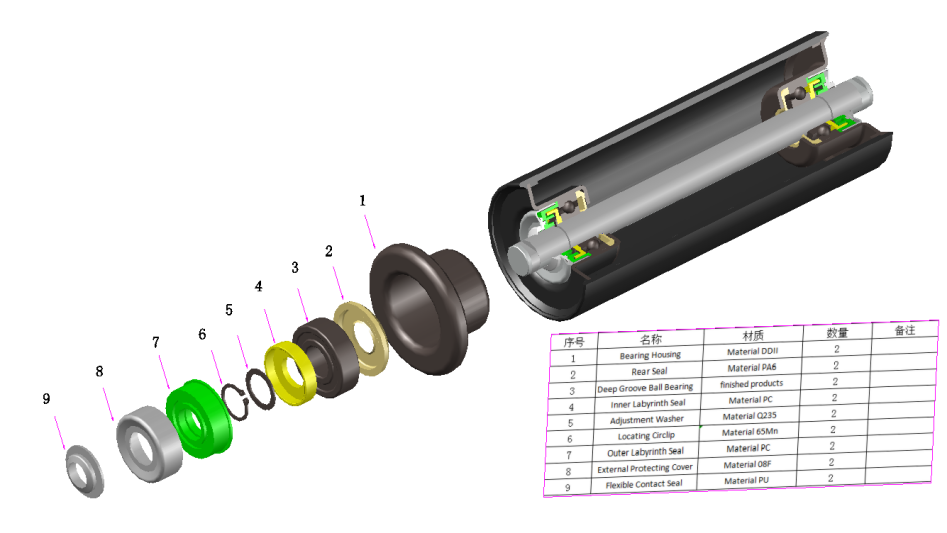 Afrikaans
Afrikaans  Albanian
Albanian  Amharic
Amharic  Arabic
Arabic  Armenian
Armenian  Azerbaijani
Azerbaijani  Basque
Basque  Belarusian
Belarusian  Bengali
Bengali  Bosnian
Bosnian  Bulgarian
Bulgarian  Catalan
Catalan  Cebuano
Cebuano  Corsican
Corsican  Croatian
Croatian  Czech
Czech  Danish
Danish  Dutch
Dutch  English
English  Esperanto
Esperanto  Estonian
Estonian  Finnish
Finnish  French
French  Frisian
Frisian  Galician
Galician  Georgian
Georgian  German
German  Greek
Greek  Gujarati
Gujarati  Haitian Creole
Haitian Creole  hausa
hausa  hawaiian
hawaiian  Hebrew
Hebrew  Hindi
Hindi  Miao
Miao  Hungarian
Hungarian  Icelandic
Icelandic  igbo
igbo  Indonesian
Indonesian  irish
irish  Italian
Italian  Japanese
Japanese  Javanese
Javanese  Kannada
Kannada  kazakh
kazakh  Khmer
Khmer  Rwandese
Rwandese  Korean
Korean  Kurdish
Kurdish  Kyrgyz
Kyrgyz  Lao
Lao  Latin
Latin  Latvian
Latvian  Lithuanian
Lithuanian  Luxembourgish
Luxembourgish  Macedonian
Macedonian  Malgashi
Malgashi  Malay
Malay  Malayalam
Malayalam  Maltese
Maltese  Maori
Maori  Marathi
Marathi  Mongolian
Mongolian  Myanmar
Myanmar  Nepali
Nepali  Norwegian
Norwegian  Norwegian
Norwegian  Occitan
Occitan  Pashto
Pashto  Persian
Persian  Polish
Polish  Portuguese
Portuguese  Punjabi
Punjabi  Romanian
Romanian  Russian
Russian  Samoan
Samoan  Scottish Gaelic
Scottish Gaelic  Serbian
Serbian  Sesotho
Sesotho  Shona
Shona  Sindhi
Sindhi  Sinhala
Sinhala  Slovak
Slovak  Slovenian
Slovenian  Somali
Somali  Spanish
Spanish  Sundanese
Sundanese  Swahili
Swahili  Swedish
Swedish  Tagalog
Tagalog  Tajik
Tajik  Tamil
Tamil  Tatar
Tatar  Telugu
Telugu  Thai
Thai  Turkish
Turkish  Turkmen
Turkmen  Ukrainian
Ukrainian  Urdu
Urdu  Uighur
Uighur  Uzbek
Uzbek  Vietnamese
Vietnamese  Welsh
Welsh  Bantu
Bantu  Yiddish
Yiddish  Yoruba
Yoruba  Zulu
Zulu belt conveyor roller types
Understanding Belt Conveyor Roller Types
Belt conveyors are a fundamental component of modern material handling systems. They provide a cost-effective and efficient means of transporting goods across various industries, from mining to manufacturing. One critical aspect of a belt conveyor's design and functionality is its rollers. The types of rollers used can significantly influence the conveyor's performance, durability, and maintenance needs. This article aims to explore the various types of belt conveyor rollers, their functions, and the applications for which they are best suited.
1. Roller Types Based on Functionality
The primary types of rollers found in belt conveyors can be broadly categorized into three main functions carrying rollers, return rollers, and impact rollers.
Carrying Rollers These are the most common type of rollers and are primarily responsible for supporting the load on the conveyor belt. Carrying rollers are typically installed at regular intervals along the length of the conveyor to ensure that the belt maintains proper alignment and support. They come in various designs, including flat, trough, and crowned configurations, to accommodate different types of materials and loading conditions.
Return Rollers Return rollers are located on the underside of the conveyor belt and serve to support and guide the belt as it returns to the loading area. They help maintain the belt's tension and alignment, preventing sagging and potential belt damage. Return rollers are often equipped with rubber coatings to reduce friction and wear.
Impact Rollers As the name suggests, impact rollers are designed to absorb the shock and impact of heavy loads as they are dropped onto the conveyor belt. These rollers are typically found at transfer points, where materials are loaded onto the conveyor. Effective impact rollers can help protect the belt and other components from damage caused by heavy or abrasive materials.
In addition to standard carrying, return, and impact rollers, there are specialized roller types designed for specific applications
belt conveyor roller types

Self-Cleaning Rollers These rollers feature a design that prevents material build-up, ensuring that the conveyor remains clean and operational. They are particularly useful in applications involving sticky or wet materials.
Guiding Rollers Used primarily in conveyor systems with narrow belts or in applications requiring precise alignment, guiding rollers help maintain the belt's central position, preventing misalignment and tracking issues.
Heavy-Duty Rollers In environments where extreme conditions exist, heavy-duty rollers are built to withstand more significant loads and harsher wear conditions. They are made from more robust materials and designed to function effectively even under intense pressure.
3. Roller Material Considerations
The choice of material for conveyor rollers can also affect their performance and longevity. Common materials include steel, rubber, and plastics. Steel rollers are widely used for their strength and durability, making them suitable for heavy-duty applications. Rubber rollers offer superior grip and reduce slippage, making them ideal for wet or slippery materials. Plastic rollers, on the other hand, are lightweight and resistant to corrosion, making them a good choice for less demanding environments.
4. Maintenance and Replacement
Regular maintenance and timely replacement of conveyor rollers are crucial for ensuring optimal performance. Rollers should be inspected for wear and damage periodically, and any faulty rollers should be replaced immediately to prevent further damage to the conveyor system. A well-maintained roller system not only improves the conveyor's efficiency but also extends its operational lifespan.
Conclusion
Understanding the types of belt conveyor rollers, their functions, and their applications is essential for anyone involved in material handling. With various options available, selecting the appropriate roller type for a specific application can enhance conveyor performance, reduce maintenance costs, and improve overall system reliability. Investing in quality rollers and implementing a regular maintenance schedule will ensure that belt conveyors operate efficiently and effectively over time.
-
Revolutionizing Conveyor Reliability with Advanced Rubber Lagging PulleysNewsJul.22,2025
-
Powering Precision and Durability with Expert Manufacturers of Conveyor ComponentsNewsJul.22,2025
-
Optimizing Conveyor Systems with Advanced Conveyor AccessoriesNewsJul.22,2025
-
Maximize Conveyor Efficiency with Quality Conveyor Idler PulleysNewsJul.22,2025
-
Future-Proof Your Conveyor System with High-Performance Polyurethane RollerNewsJul.22,2025
-
Driving Efficiency Forward with Quality Idlers and RollersNewsJul.22,2025





























